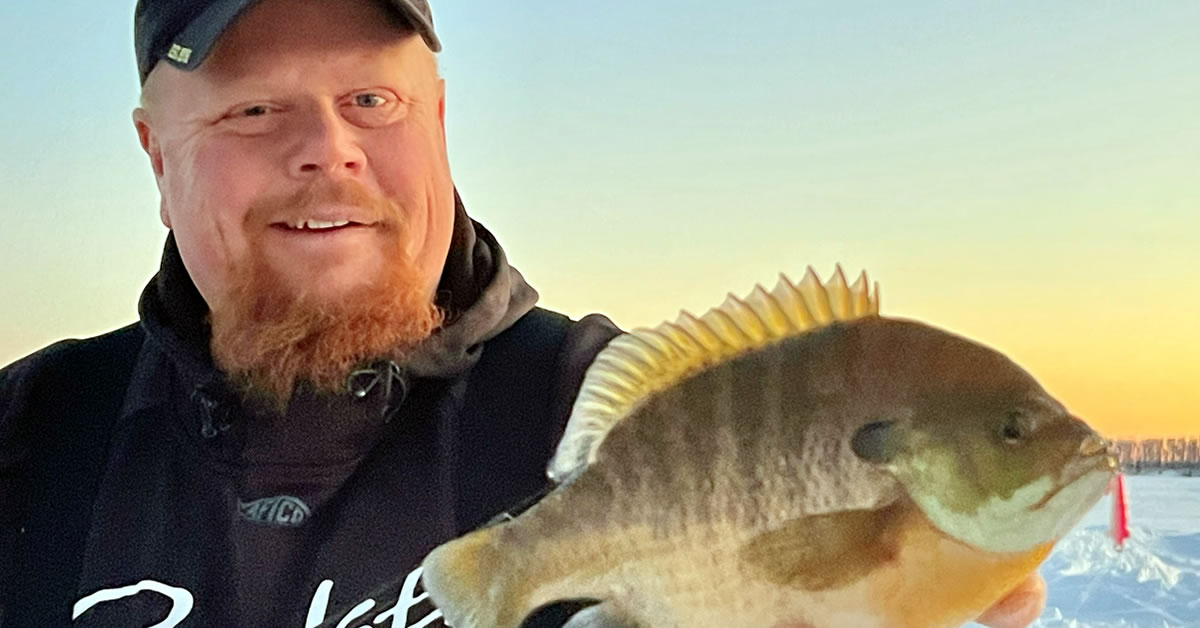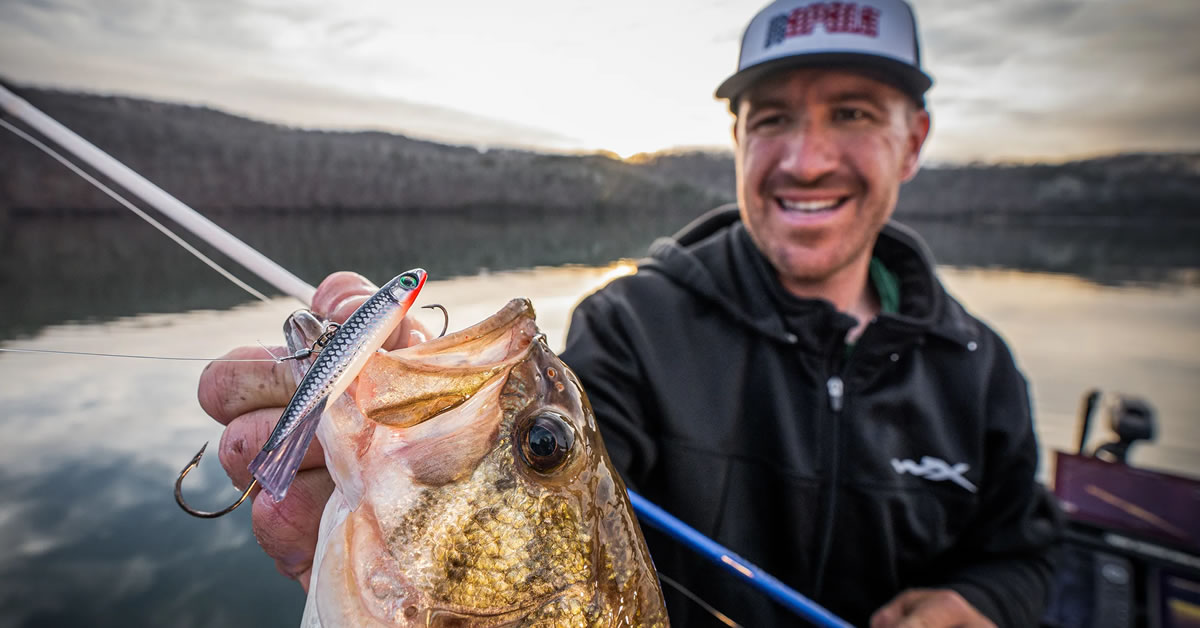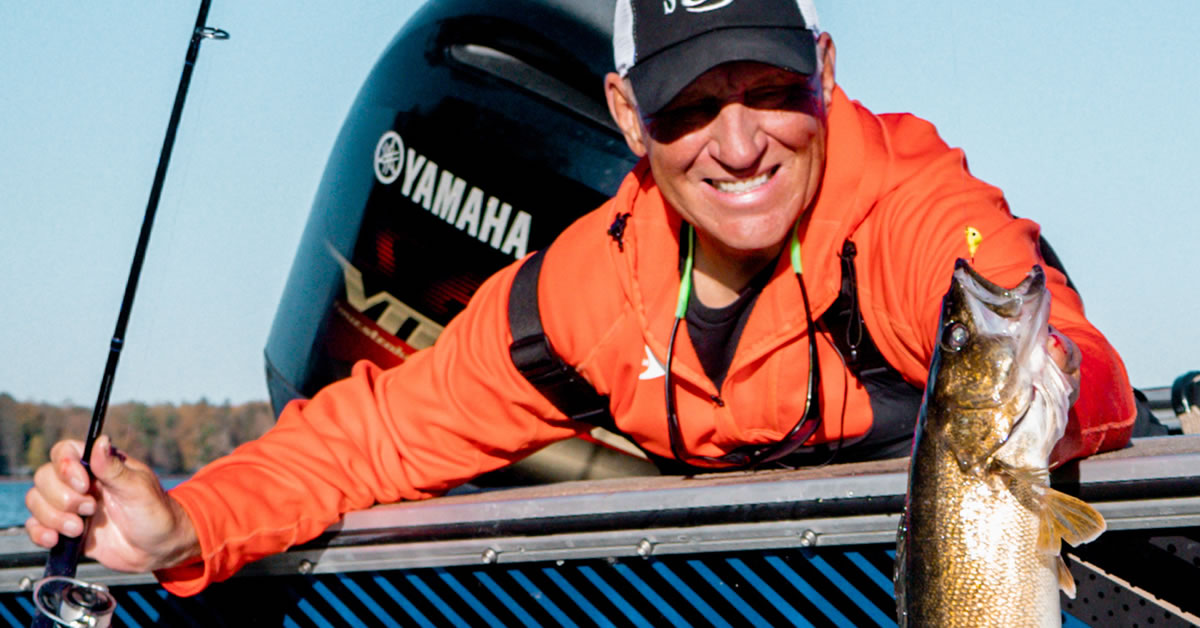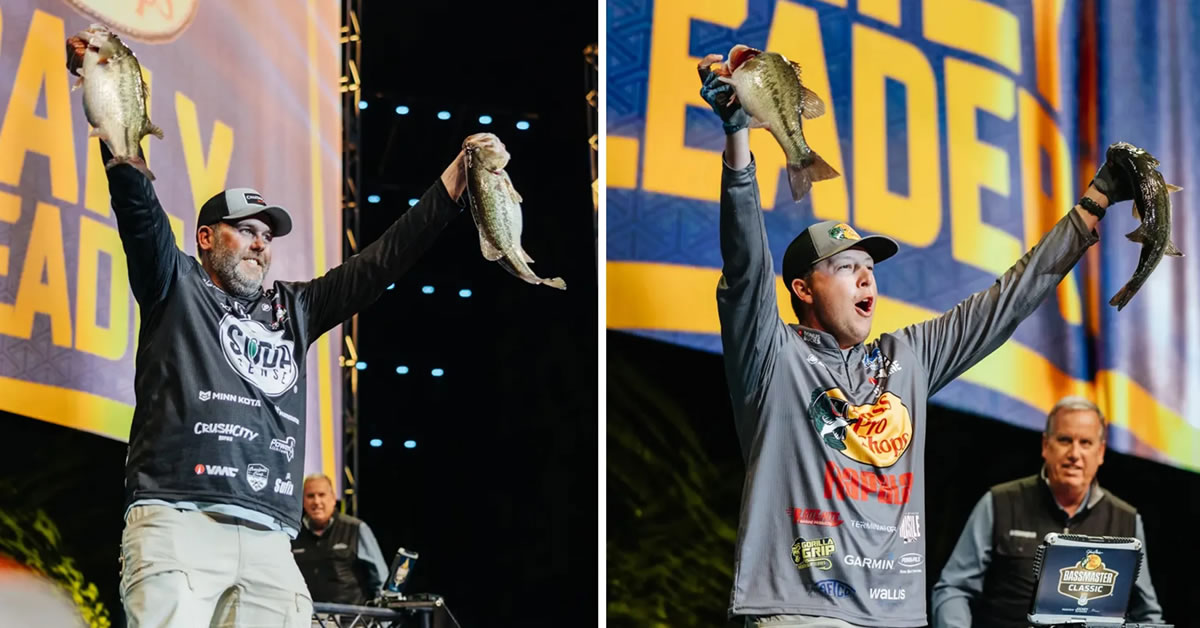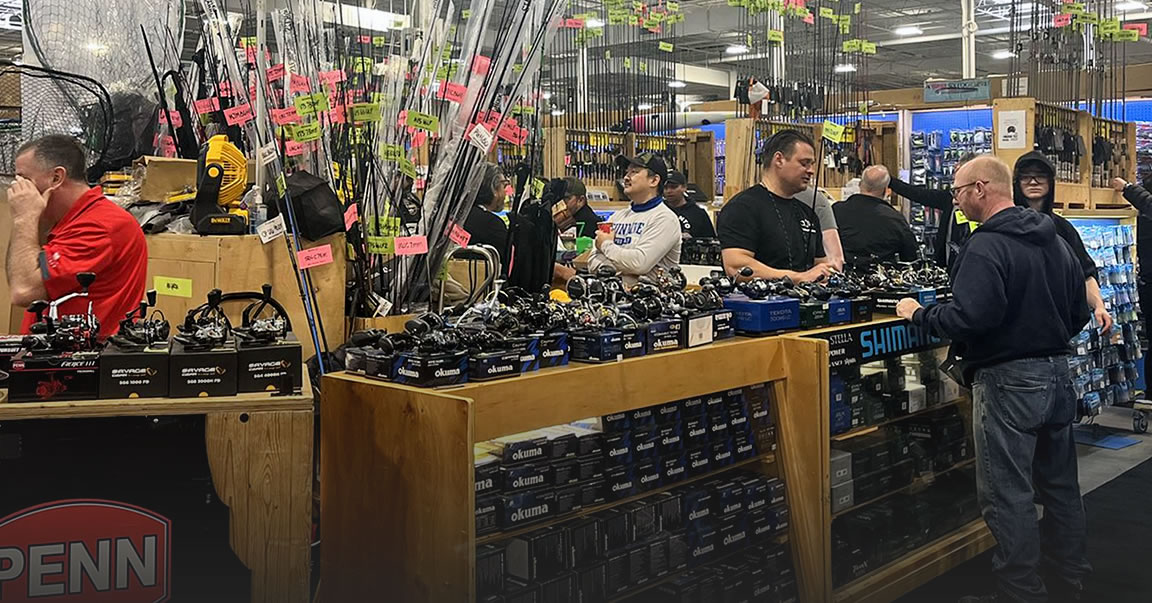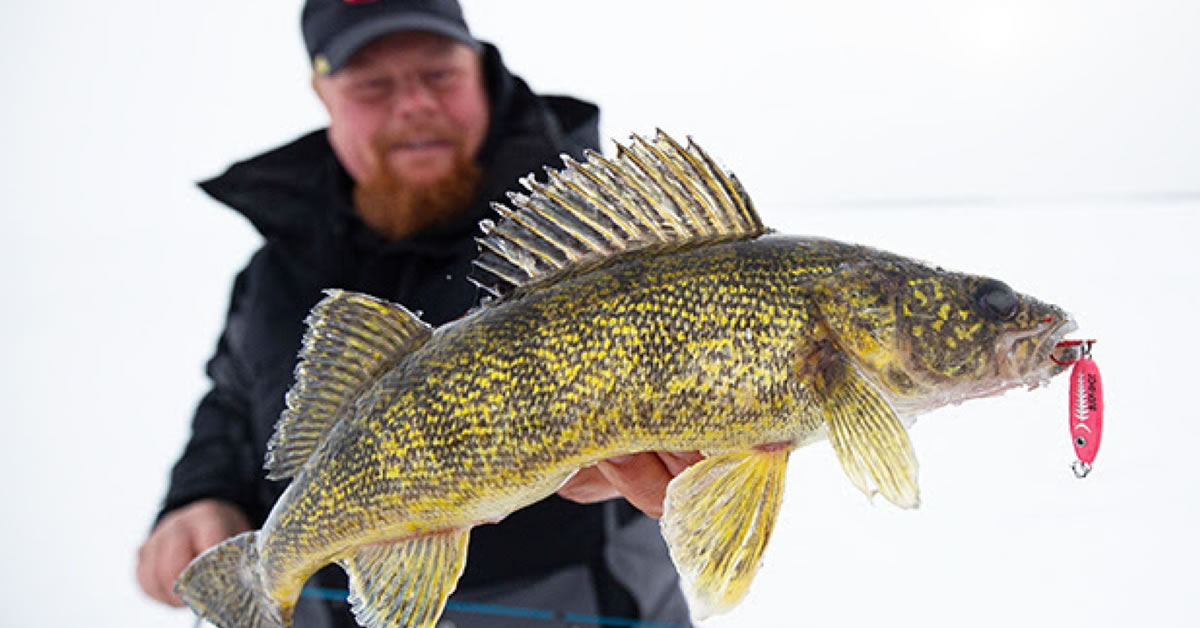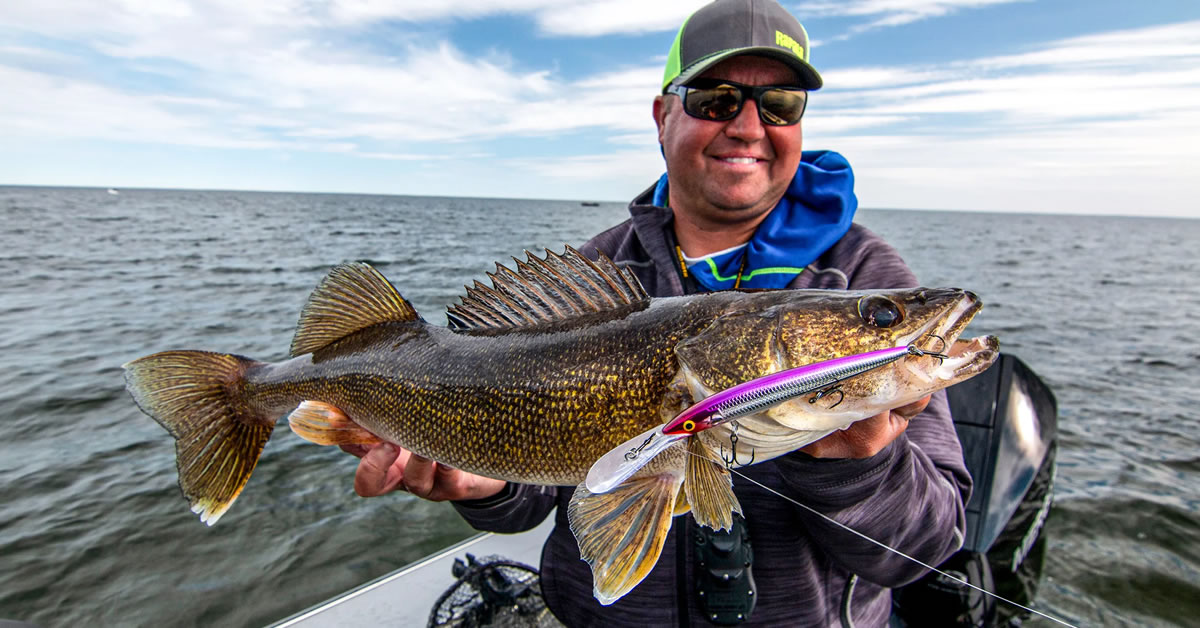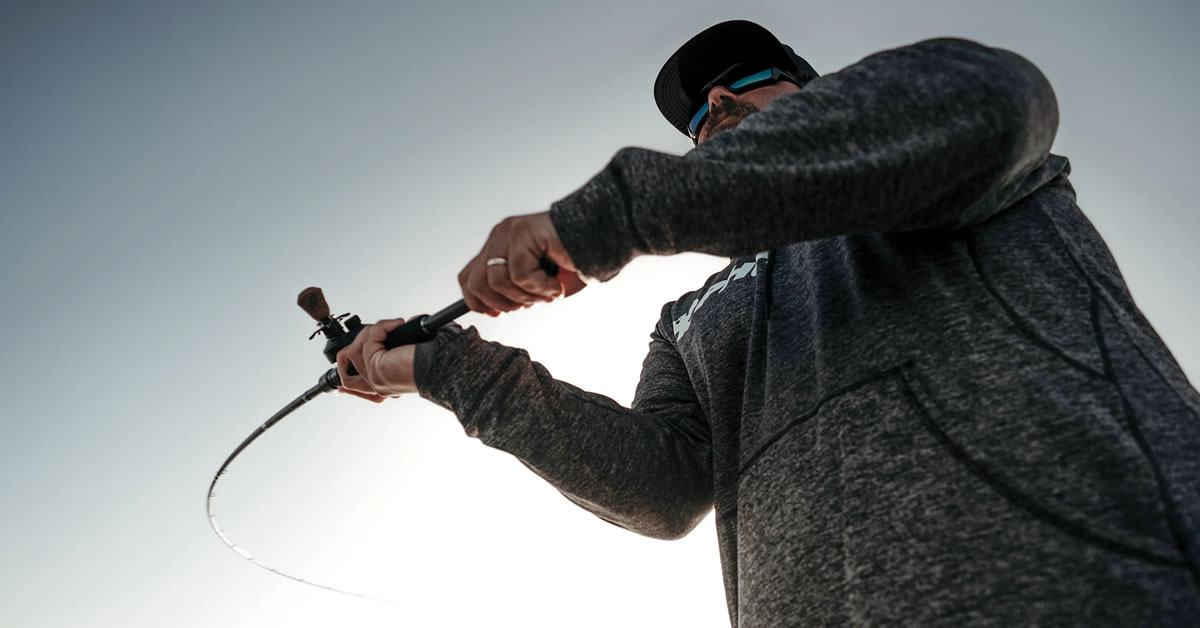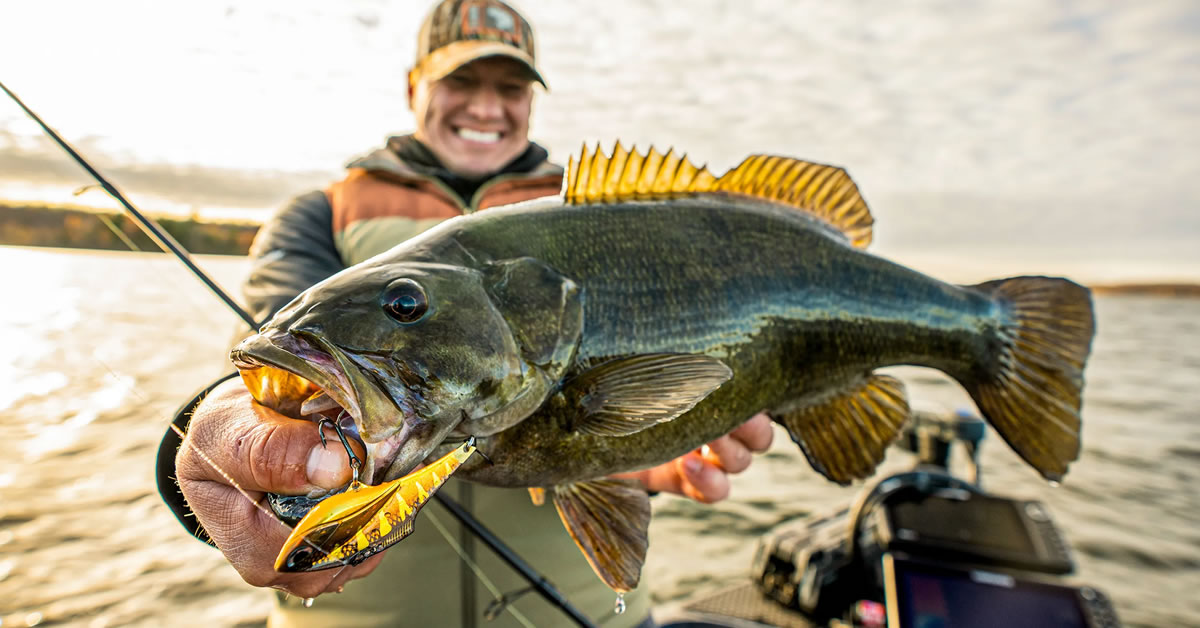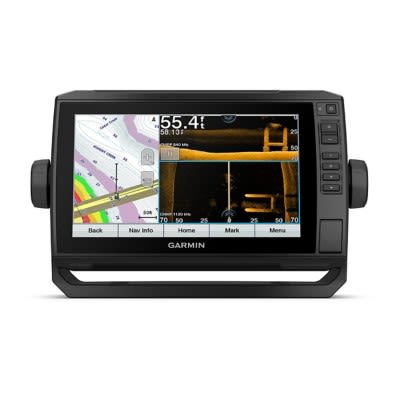Bobbing for Crappies
by Israel DunnNow before you ask, no I'm not talking about a fun game you can play at your next club meeting. I am talking about a great strategy to help you land more of these delicious little fillets with fins. Fishing the late ice/early open water season for crappies can yield some serious table fare. However fishing this transitional season is wrought with it's own set of problems. Using this simple technique will allow you to catch crappies with greater consistency.
.jpg)
.jpg) So what is bobbing for crappies? It is a technique that's designed to catch a lot of fish at a consistent depth. It uses a bobber to keep the lure constantly in the strike zone, even when it's not moving. The bobber also helps in bite detection. A big plus when dealing with the subtle bites associated with these fish. When ice fishing a spring bobber mounted to the end of your rod will be used. For open water will put a slip bobber into service. To make the most of this concept let's take a look at each style of fishing separately and how to go about catching these silver slabs.
So what is bobbing for crappies? It is a technique that's designed to catch a lot of fish at a consistent depth. It uses a bobber to keep the lure constantly in the strike zone, even when it's not moving. The bobber also helps in bite detection. A big plus when dealing with the subtle bites associated with these fish. When ice fishing a spring bobber mounted to the end of your rod will be used. For open water will put a slip bobber into service. To make the most of this concept let's take a look at each style of fishing separately and how to go about catching these silver slabs.
For ice fishing I like to use a Light to Medium Light rod with an adjustable spring bobber. The ability to adjust the spring bobber is important. You need to be able to compensate for the weight of the lure. While we're on the topic of lures, a few favorites come to mind. The Rapala Jig and Rap, the Echotail by Vibrations Tackle, and the Acme Kastmaster work wonderfully for this application. Pick a lure that's about 1-2 inches in length and around 1/10th to 1/4 oz in weight. Whatever lure you choose, it needs to have a controlled action when in the water. All lures do something when jigged in the water. What we want is a lure that does what it is supposed to do, consistently. The Echotail vibrates and swims from side to side, the Jig and Rap swims in a circle when you pull on the line, and the Acme Kastmaster has a tantalizing flutter whether it's worked up or down in the water column. To get started drop your lure down to the chosen depth and give it a good pull. Now watch your bobber for the slightest sign of movement. It will tell you what your lure is doing below the ice. If the bobber moves down slightly the lure has stopped. If it's coming back up and your line starts to slacken, set the hook. Obviously, if it feels like a jackhammer just hit it, Pull Up! That little spring bobber is like having a camera under the ice.
.jpg)
Give these ideas and techniques a shot this Spring. You'll find it's deadly for the late ice/early open water crappies. Using a bobber for depth control is definitely not a new idea. It is however a technique that is underutilized by Midwest anglers in the early season. So grab your rod, a couple of lures, and add a bobber into the mix. I promise that you'll be pleased with the results.



